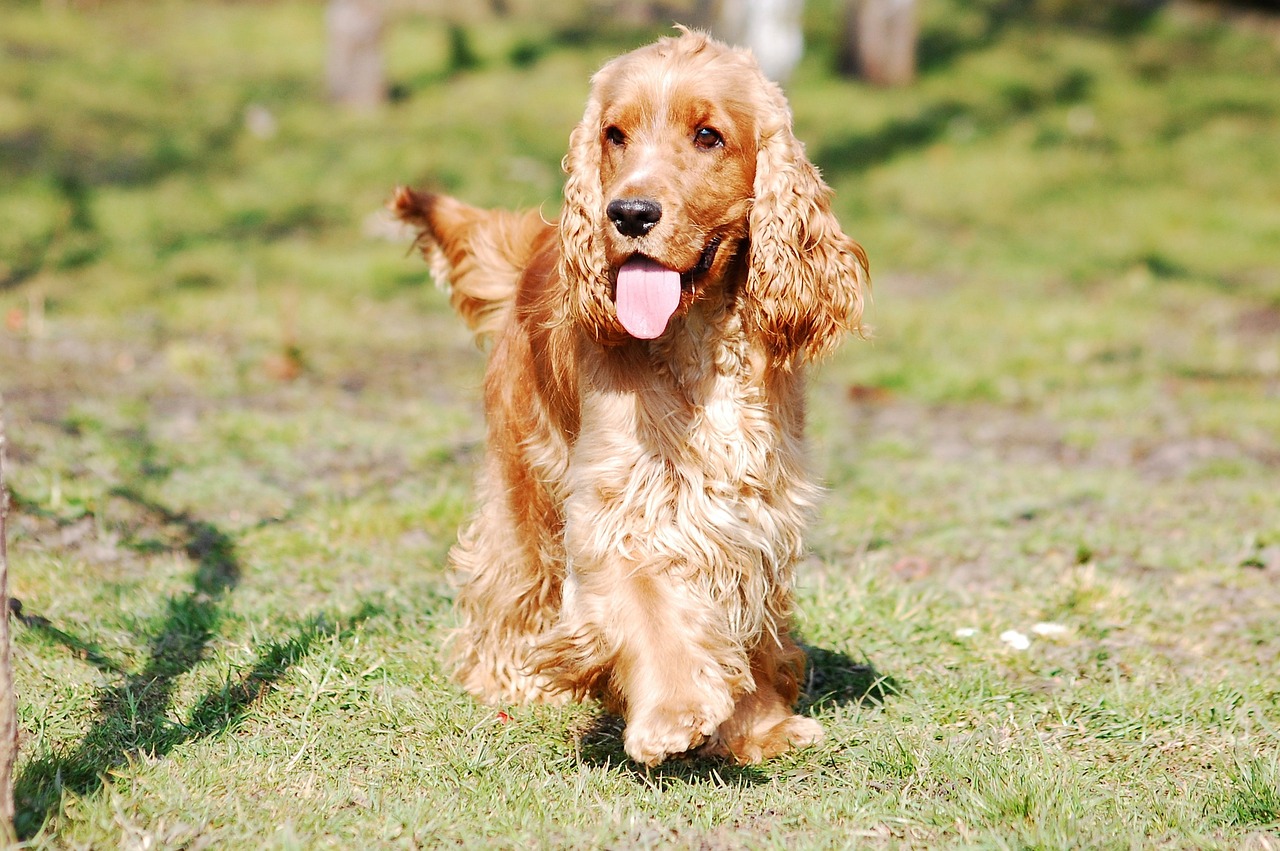You may have heard about raw dog food recently, as it has been gaining popularity among pet owners who seek natural and healthier options for their furry companions. As humans, we tend to shy away from raw food – but do dogs feel the same way? Today, we will explore the benefits of feeding raw dog food and what to keep in mind when making the switch.

The Benefits of Raw Dog Food
Raw dog food refers to a diet for dogs that primarily consists of uncooked ingredients, mimicking what canines might naturally eat in the wild. Common ingredients are muscle meat, organ meats like liver and kidneys, whole or ground bones, raw eggs, dog-safe vegetables like broccoli and spinach, and fruits like apples.
Depending on the type of raw dog food you purchase, the ingredients may or may not be fortified with additional nutrients and vitamins your dog needs. As such, it becomes even more critical to plan out what you will feed your dog and when.
When feeding a dog a raw food diet, many people notice an improvement in their digestion. Raw dog food is generally easier for dogs to digest than processed kibble and can lead to less bloating and stomach discomfort. Additionally, raw food may help your dog break down food into its basic components more efficiently, allowing for better nutrient absorption. As a result, your dog may experience more regular bowel movements and overall improved digestive health.
A raw diet can contribute to a shinier fur coat and healthier skin. Many raw dog food ingredients are rich in fatty acids that are beneficial for skin health, aiding in a soft and lustrous coat. In addition, the natural enzymes and nutrients found in raw dog food can improve the condition of your dog’s skin, making it less prone to dryness, itching, and irritation.
Increased energy levels may also result from a switch to a raw food diet. Raw dog food’s natural and nutrient-rich ingredients fuel your dog’s body, resulting in higher energy levels throughout the day. Your dog will have the stamina to enjoy longer walks, playtime, and overall increased activity.
Considerations for Feeding Raw Dog Food
We are not recommending that everyone reading this blog immediately switch to a raw dog food diet for their furry friend. When considering feeding your dog a raw food diet, it is essential to consult with a veterinarian, preferably one with a history of caring for your dog. They can provide valuable guidance, tailored advice built around your dog’s current health, and tips to make the raw dog food switch successful. They can even recommend diet plans and any necessary adjustments to keep nutritional intake (vitamins, minerals, healthy fats) at healthy levels.
Here are some tips to help you balance your dog’s nutritional needs after making the switch:
- Variety is key – include a variety of proteins, such as chicken, beef, and fish, to provide a range of essential amino acids.
- Toss in small amounts of fruits and vegetables to your dog’s bowl whenever possible to provide vitamins, minerals, and antioxidants.
- You may need to add supplements, such as omega-3 fatty acids or probiotics, to ensure they get all the necessary nutrients.
- Monitor your dog’s weight and adjust their portions to maintain a healthy balance.
Remember, never make these changes without researching and discussing them with a qualified vet.
There are other considerations to keep in mind regarding raw food preparation and storage. Raw food can’t be left in a pantry for weeks like a large bag of kibble. Store raw dog food in airtight containers in the proper conditions (fridge or freezer), and separate it from the rest of your family’s food to prevent cross-contamination. Wash your hands thoroughly after handling raw ingredients, just as if you were preparing food for yourself.
If you happen to notice a big boost of energy in your dog after switching to a raw dog food diet – put that energy to good use! Call Gulf Coast K9 Dog Training of Bradenton today to learn how we can help get you and your pup started on an exciting new training journey.




